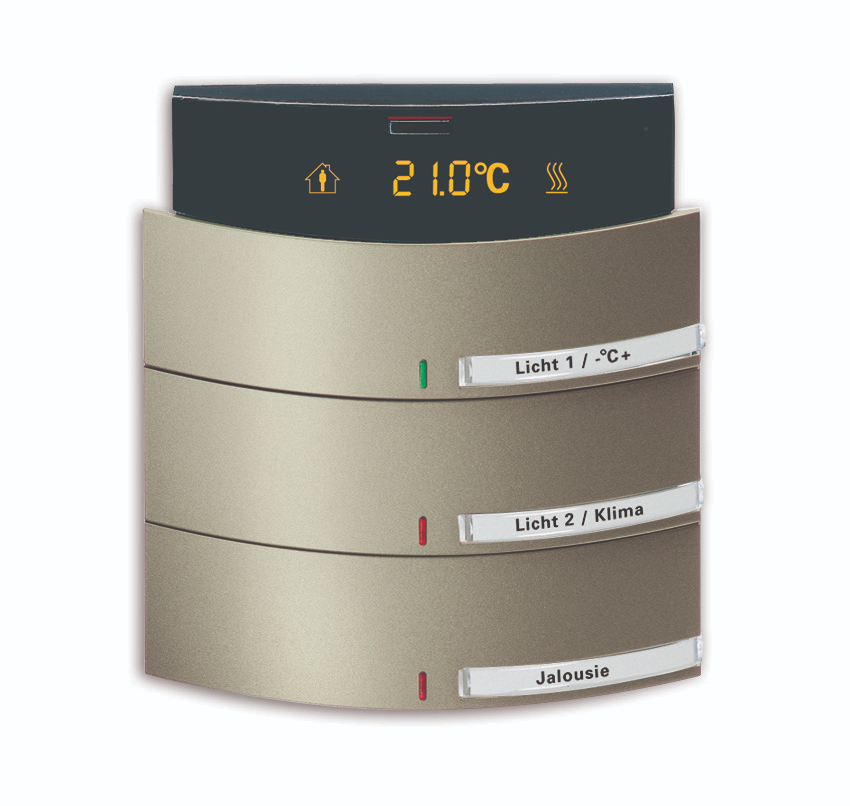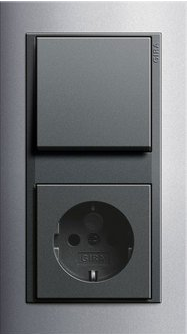Can a smarthome achieve broad acceptance among various household members, considering factors such as aesthetics, ease of use, and overall impact on daily life?
Yes, definitively!
In the early days of smarthome-technology, the devices did not look good, and you could not mix and match devices from different vendors, like you can today.
Today there is a huge amount of devices from a lot of different vendors, that can be mixed and matched, based on looks, functionality and price.
For example with the Homey Platform/Controller you can control over 50.000 supported devices from more than 1000 integrated brands.
This illustrates the versatility and flexibility available when designing a smart home today.
And it is now possible to design a smarthome with broad acceptance among various household members, considering factors such as aesthetics, ease of use, and overall impact on daily life!
One other important development in smarthome technology is the use of wireless smarthome devices, which makes it easy to upgrade an existing home to a smarthome.
When I built my Villa in Norway in 2002, I designed and built it as a smarthome (KNX), from the ground up, which was quite expensive and required several kilometers with cables and a fuse-box from floor to roof with equipment and cables.
Already back then it had pretty high acceptance onaesthetics, ease of use, and overall impact on daily life, but it was pricey and had little flexibility if you wanted to move a sensor or add a switch etc.
Below is a picture of the switches I used in my villa back in 2002:

Today you can choose from a high number of wireless devices that can be placed almost anywhere without cutting, drilling, cabling etc.
This means it is easy to upgrade an existing home to be a smarthome, and you can even start small, and expand it in your own pace.
You can also use existing light-switches and just insert a dimmer or actuator behind the existing switch.
This means that you can use all the standard switches, so that you do not need to have different design and colors of the switches and outlets in your home.
When I upgraded my holiday home in Marbella, I upgraded from boring white switches to fresh Gira Event switches.
Below is a picture of the switches and outlets in my home in Marbella:

Another thing that I find important is to make sure that all basic functions work autonomously, which means that for example the light-switches work regardless of the smarthome controller. So you are not dependent of the smarthome controller to turn on/off or dimm the lights, but the more advanced home automation features, such as turning on/off the lights according to the light level outside are dependent of the smarthome controller.
Another advantage of using standard light-switches with dimmer-module added is that it is always powered from the mains. Wireless devices are great for flexibility and aesthetics, but you have to change batteries from time to time.
As you may have guessed by now, I am a bit more interested in technology than the average property-owner, so I have upgraded the most features in my apartment in Marbella ;)
This includes:
- All lights are dimmable and smart
- The system aircondition in the whole apartment is made "smart" by adding a control-device
- Some of the outlets are smart
- All blinds are smart
- Sensor's (door/window, water, smoke, gas, temperature, light, motion, noise, humidity, rain, air quality and weight)
- - Camera's for security
- - Energymeter is smart
- - Exhaustfans in bathrooms are made smart
- - Audio-devices in several rooms are smart (Sonos)
- - TV's are smart
- - Space heater is smart
- - The tumble-dryer is smart
- - The vacuum cleaner is smart
- - Door lock is smart
For human interface to different features I use:
- Manual switches
- Alexa voice control (and I could also use Siri voice control and Google voice control if I like)
- Smartphone
- Tablet
- PC/Mac
- Remote controls
This setup can automate every thing you can imagine……but the functions I use the most are this:
- When I leave the apartment to go out for a walk, to the beach or something, I just say "Alexa I'm Going Out" and all lights are turned off, the aircondition is turned off and the music is turned off, and the apartment is set in "Away-mode".
- When I come home I just say "Alexa I'm Home" and some lights in the livingroom are turned on and the apartment is set in "Home-mode"
- When I'm going to sleep I just say "Alexa Good night" and all lights are turned off, the music is turned off, the TV are turned off, the blinds on my bedroom is closed, and the apartment is set in "Sleep-mode".
While the apartment is in "sleep-mode" the lights in the hallways, bathroom and kitchen are turned on by motion, but at a much more dim level, so that you do not wake up more than needed if you for example need to go to the toilet in the middle of the night. - In the morning I either say "Alexa Good morning" and the lights in the bedroom and the livingroom is turned on, the blinds are opened and the apartment is set in "Awake-mode". Or I have set an wakeup-alarm that goes off f.eks. 07.30, and then at 07.20 the lights in the bedroom is dimmed from 0% to 100% until 07.30. Then the blinds are opened, the lights are dimmed to 50%, the Sonos in my bedroom is starting to play my favorite music from a Spotify-list. And when the light-level outside is rising to a comfortable level, the lights inside are dimmed accordingly, and eventually turned off.
- The lights in different rooms are turned on automatically when someone enters the room, and are turned off again typically from 30 seconds to 5 minutes after the last activity in the room.
In our daily life, the physical light-switches are seldom used, because most of the lights are controlled automatically.
But the truth is that my villa in Norway back in 2002 also had the most of this features, so what is the big difference?
The big difference is the cost, flexibility, knowledge and the human interfaces.
It was much cheaper to upgrade my apartment in Marbella with smarthome-features, than to install it in my villa in 2002.
And it was much more flexible both in choosing devices and installing devices.
The expertise needed today is much less than 20 years ago aswell.
And last, but not least, the human interfaces (Smartphone, Tablet, PC, Voice control) was very limited.
Today almost everybody carries a smartphone around at almost all time, making it is easy and quick to operate different smarthome features from the smarthome-app or with the help of a widget or a shortcut on the smartphone.
It is easy to share the access to the smarthome with family and friends, and even tenants so they can operate the smarthome features from their own smartphone.
You can assign different access-levels to different users, and you can revoke a user at any time.
The users can customize their smarthome app with their own favorite-devices and favorite-flows (automations), to make it easy to use.
Conclusion
So to wrap this up, it has been possible for a long time (20+ years) to make a smarthome achieve broad acceptance among various household members, considering factors such as aesthetics, ease of use, and overall impact on daily life, but it is much less expensive, time consuming and flexible in 2023. And the devices you can choose from today is overwhelming, and it is easy to upgrade an ordinary home to a smarthome.
The expertise needed to design and install a smarthome is much more available.